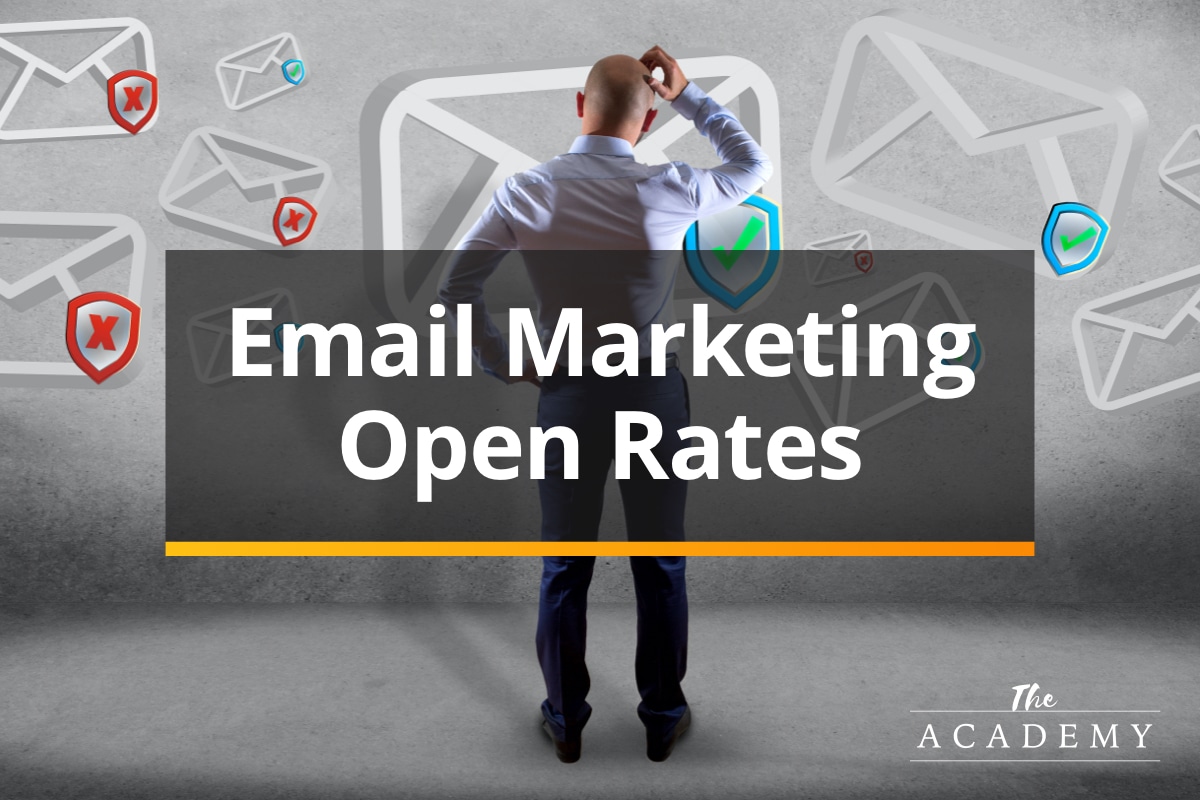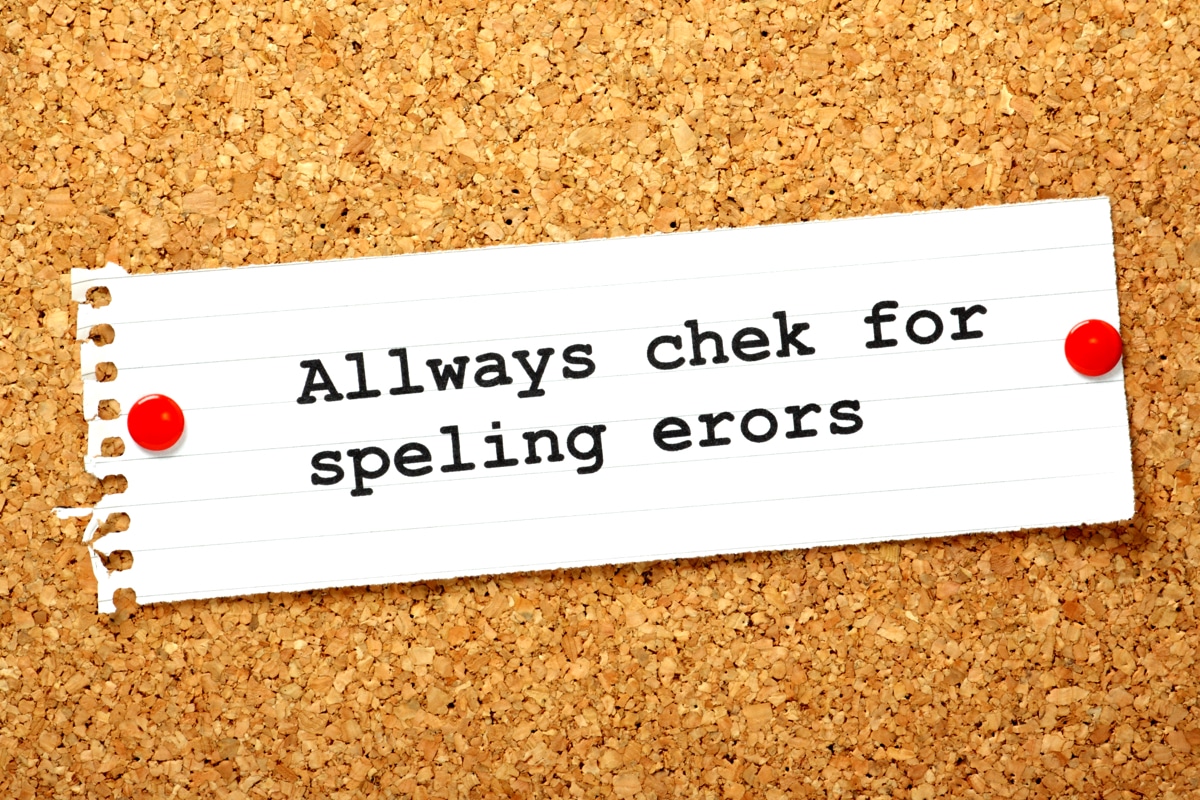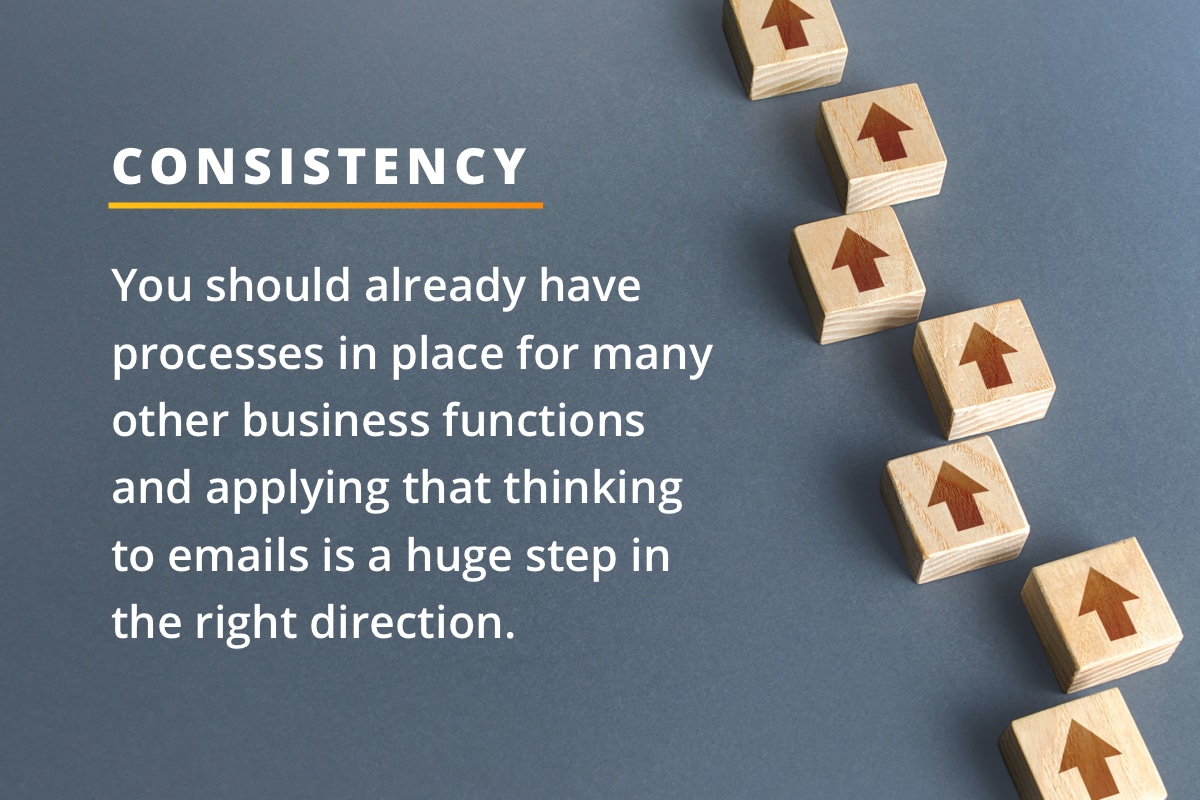
The singular goal when sending out an email is to get a response. That response could come in various forms, including clicking on a specific link, filling out a form, downloading an asset, or making a purchase. As long as you are getting a good percentage of responses for every batch of emails, your efforts will be worth it.
It’s notoriously difficult to get responses to emails, however. This post is going to lay out a variety of tactics you can use to immediately improve response rates and get more out of your email marketing campaigns.
1. Email List Segmentation
Segmentation is a fundamental and indispensable practice in email marketing. It involves the strategic division of your email list into smaller, more targeted groups based on specific criteria, such as demographics, purchase history, engagement levels, or location.
The importance of segmentation lies in its ability to enhance the relevance and personalization of your email campaigns. When your messages align with the interests, preferences, and needs of each segment, you greatly increase the chances of engaging your subscribers and generating the desired response.
Moreover, segmentation can help reduce unsubscribes and spam complaints. When subscribers receive content that’s pertinent to them, they are less likely to become frustrated and opt out of your emails.
This not only helps you maintain a healthier email list but also preserves your sender reputation, which is vital for ensuring your emails reach the inbox rather than the spam folder.
2. Improve Your Subject Lines
Subject lines are critical in every email campaign. You won’t get a response to your email unless that email is opened, and the best way to get messages opened is to write a great subject line.
Too often, subject lines are ignored and taken for granted. It’s common for a marketer to spend hours creating the content of an email – only to quickly throw on a subject line at the last minute before the message goes out.
The subject lines that accompany your messages should get just as much attention and respect as the message itself. Here are three quick tips to improve the subject lines in your next campaign –
- Keep it short. Short subject lines typically perform better than longer ones. Do your best to say what you need to say in just a few words. As a habit, go back over your subject lines after you write them and see if any words can be removed without losing the gist of what you are trying to say. Using short subject lines will ensure that the recipient can read the whole subject line even when opening their email on a small device.
- Be general. You might be tempted to give away everything in the subject line, but that would be a mistake. In addition to keeping the copy short, you also want to be general and provoke some interest in the reader. Remember, the goal is to get the recipient to open the message – you can’t make the sale at this point. Allude to what they will find inside and make them click or tap on the message to learn more.
- Honesty is essential. There is no room for tricky or misleading subject lines in a legitimate email marketing campaign. Yes, you want to avoid giving everything away in the subject, but that doesn’t mean you are going to trick the reader. You will quickly lose any trust that you have built up in the minds of your audience when you use misleading subjects, and you might even get reported as spam.
Writing a good subject line is as much an art as it is a science. There is no substitute for practice with this skill, so you should get better over time, but keep the tips above in mind while you work to get better results right away.
3. Focus on the Quality of Your Emails

If you get too deep into the strategy of what you are trying to accomplish with your messages, you might forget to focus some effort on the quality of each email. By quality, we mean checking for any errors in the copy, adding attractive graphics, and making sure all links are functional.
One easy step to take is putting another person in charge of checking all emails before they go out. This should be someone with a keen eye for detail who isn’t involved at all in the process of generating the messages. That way, they can bring a fresh perspective to the edit and will likely catch things that you or your team would miss. This extra step won’t add much time to the overall email production process, but it will go a long way toward making sure you present a professional, polished image to your customers.
4. Create Strong CTAs
The importance of an effective CTA (Call To Action) cannot be overstated. In the world of digital communication, your CTA serves as the bridge between your message and the desired response that you want your recipients to take.
Whether your goal is to encourage subscribers to make a purchase, request more information, or engage in any other action, the CTA makes this happen. It provides a clear, concise, and compelling instruction that directs recipients on what to do next. Without a compelling CTA, your email may fall flat, and the recipient may not understand the intended action, which can result in missed opportunities for engagement and revenue generation.
Furthermore, CTAs can be a valuable tool for tracking and measuring the success of your email campaigns. By monitoring click-through rates on your CTAs, you can gain insights into which elements of your email content are resonating with your audience and which are not. This data is essential for refining your email marketing strategy, optimizing content, and understanding what works best for your audience.
5. Review Your Messages Across Different Devices
You never know what devices will be used to open your messages. If you only test the message on the device that you are using to create it – likely a laptop or desktop – you can’t be sure that it will render properly on a smaller device.
Graphics tend to be a particular point of trouble for email messages opened on mobile devices. It would be a shame to invest time and money into crafting a beautiful message with a custom graphic, only to find people who are opening the email on their phone don’t see the graphic correctly. Or, if they do see it correctly, it takes too long to load and they just give up before it has a chance to appear on the screen.
You could review your emails manually on a range of devices, but it’s better to leverage technology for this task. There are tools available that allow you to see how the email will look on any type of device in just moments. This approach streamlines the process and you can quickly make the changes needed to eliminate problems and confirm that your emails look great across every possible device.
6. Develop a Consistent Email Process
Every part of running a business can be improved by building a process. Email marketing is no different. This is an ongoing, repetitive task, so building a process will make it easier and faster to get great results. You should already have processes in place for many other business functions and applying that thinking to emails is a huge step in the right direction.

Clearly define the process that should be used by the marketing team to build a new email or email campaign. Steps in the process could include market research, developing copy and subject lines, designing graphics, and more. Also, there will be some interaction with other departments to decide on the content of the message. For instance, the sales team might work with marketing to develop a special offer that can be presented in these emails.
Another valuable benefit of having a defined process in place is maintaining consistency when there is turnover on your team. As people come and go, the emails can continue to go out without any drop in quality because the new people will have the process documentation to guide their work.
In the end, a consistent process will create a sense of trust in the mind of the subscriber. If you’re sending emails consistently, they may actually begin to expect and welcome them and that’s always a good thing. Even if an email doesn’t resonate, they’ll be ready and waiting to give you another chance next time.
If emails show up in their inbox on an inconsistent basis, this might be a surprise and annoying if it misses the mark and they could ultimately unsubscribe.
7. Create Some Urgency
Creating a sense of urgency in your email marketing is a highly effective technique for stimulating rapid responses from your recipients. The psychology behind urgency leverages the fear of missing out (FOMO) and the human inclination to seize time-limited opportunities. When your marketing emails emphasize time-sensitive offers, exclusive promotions, or limited-quantity deals, they provide a compelling incentive for recipients to act swiftly, knowing that they may otherwise miss out on a valuable opportunity.
Urgency can significantly impact recipient behavior because it triggers a powerful emotional response. By presenting a clear and immediate reason for action, such as a countdown timer, an approaching deadline, or a limited number of available spots, you create a heightened sense of importance. This urgency taps into our primal instincts, encouraging quicker and more decisive responses. In email marketing, this can lead to increased click-through rates, higher conversion rates, and a stronger sense of engagement with your audience.
8. Think About How Your Messages Work Together
No email message should be sent in a vacuum. Even if you aren’t officially sending a series of messages to your list, you always want to keep in mind how one message plays off of the last – and what will be coming next.
Consistency in the style of your messages will help to build trust with the audience. This works the same way as any other type of branding. You wouldn’t want to use various logos with different color schemes, as that would confuse your audience and take away from brand recognition. The same thinking should be applied to email marketing, as you want all of the messages you send to look like they came from your brand and are representative of your style.
Maintaining a consistent writing tone is one way to accomplish this goal. If possible, have the same person write all of the messages, or put together a detailed style guide so whoever writes the messages can fall in line with the desired tone.
9. Commit to Ongoing A/B Testing

Thoughtful A/B testing, or split testing, is at the heart of every good email marketing campaign. It’s possible to run an email campaign without performing split testing, but don’t expect to get optimal results. Whether you are sending to a warm list or cold prospects, testing is your friend.
A/B testing is the practice of sending out two forms of a message to see which one performs better. Instead of writing two versions of an email and guessing which one is better before you send them out, you simply send both out and let the data speak for itself. Over time, the results of your split tests will teach you valuable lessons about your audience, and it will get easier and easier to craft messages that are successful in getting responses.
It’s worth noting that you can split-test both the subject lines you use for emails as well as the body of the message, as well. Any good email marketing software system is going to have A/B testing as a core feature, so the technology should already be in place to make this happen. The additional work required to create and test multiple forms of your message is well worth it when you see the boost in performance for your campaigns.
10. Don’t Obsess Over Open Rates or Response Rates (But Don’t Ignore Them, Either)
If there is one metric that email marketers tend to stare at more than any other, it’s open rates. This is seen as the gold standard of email marketing in many ways – if your messages are getting opened at a high rate, so the thinking goes, you are sure to get some pretty good results.
But the problem these days is that it’s becoming harder and harder to be 100% certain that an email has been opened, read, or if a response actually happened.
Don’t ignore these metrics when you get them, but the best practice is to place a focus on the goal and the tangible results that can actually be confirmed. You can do this by clearly tracking whether someone came to your site from the email, if they completed a form, if they completed the desired download, and most importantly if they made an actual purchase.
These are tangible things that can be confirmed to verify if your tactics to generate a response were actually effective. Opening an email and doing all the right things to generate a click is important. But remember that the core goal can be verified and that’s where you should always focus your efforts in the end.
The Job of Optimizing Email is Never Done
There isn’t a single tip that is going to put your email efforts over the top. Improving your campaigns is an ongoing challenge that requires persistent effort. Experiment with the ideas above while always keeping the unique needs of your business at the front of your mind.
Most Popular Articles

Seeing Favicons in Your Google Search Results? Here’s Why…
Have you noticed anything different in your Google Search results lately? Google added tiny favicon icons to its organic search results in January. It was…

Business Growth and Digital Marketing News & Tips 11-17-24
Are you encouraging and rewarding innovation? Lee Cockerell is the former Executive Vice President of Operations at Walt Disney World. A lover of traditional red…

Business Growth and Digital Marketing News & Tips 11-27-24
A culture of gratitude "Feeling gratitude and not expressing it is like wrapping a present and not giving it." – William Arthur Ward Beyond being…








